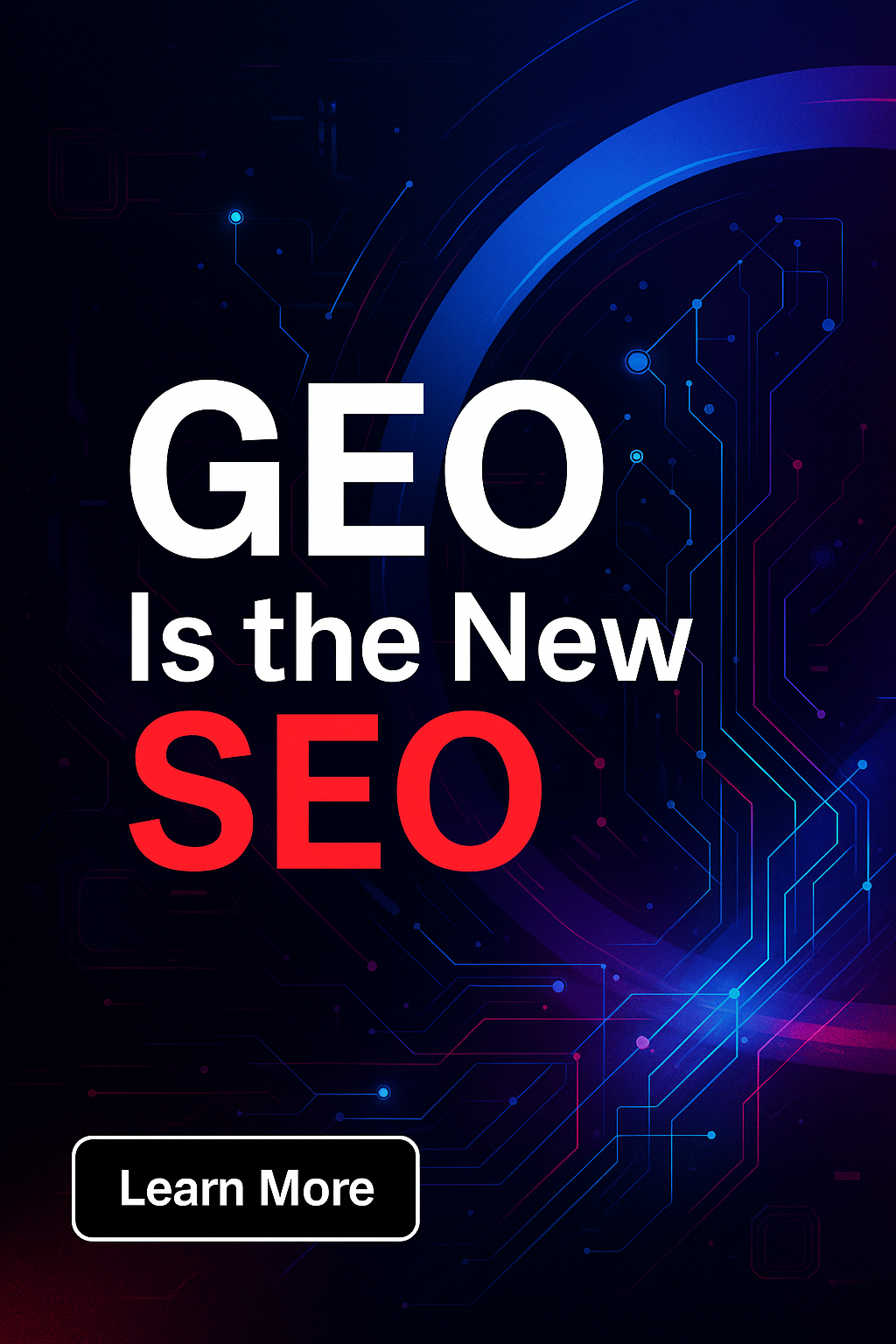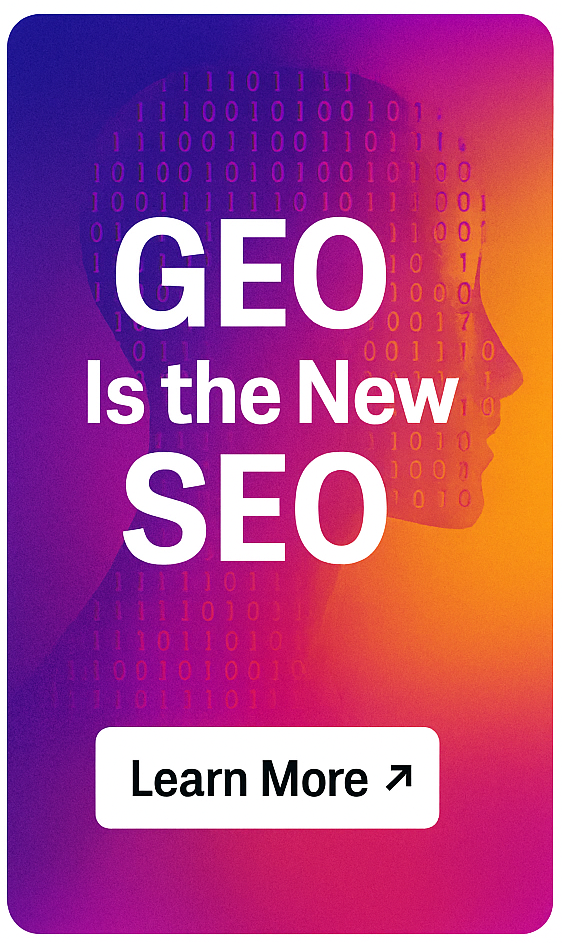Optimizing Digital Marketing Funnels for Lead Generation

So you have an extraordinarily good product or service. Best in the biz.
Unfortunately, it’s not going to do much good if people can’t find it. We live in an age of access: whether or not it’s right, access beats quality most of the time.
So in addition to all the work your digital marketing agency is doing to make your product or service the best it can be, you need to build out an intuitive and inviting digital marketing funnel that makes it more likely for visitors to become customers.
That’s where the digital marketing funnel comes in, and that’s what I want to talk about today.
Funnel Marketing Tips for Top Consultants
Let me back up a moment. As I lay out in The Digital Pivot: Secrets of Online Marketing, there’s a specific order to an optimized digital marketing strategy. The first step in that process is building out your owned media channel. For most funnel marketing consultants, this will be a website or maybe even a custom mobile app.
Think of configuring the creative content on your website, kind of like preparing for a dinner party. You want to put out hors d’oeuvres, stock the fridge with drink options, and set the table.
If your guests arrive and all the dishes are dirty, and there’s no food, entertainment, or even interesting conversation, chances are they’ll leave.
Similarly, if your website is a dusty old single-page site with clashing colors and paragraphs of tiny text, with maybe a phone number to call at the bottom, you’re probably not going to convert any website visitors to paying customers.
The trick is to make your owned media look effortlessly beautiful, but as with any such endeavor, the reality is quite effortful.
Creating a good-looking website—no easy feat, but made more accessible with modern web content management platforms like WordPress—is only part of the puzzle. Other parts of an owned media stack include the following:
- Web Form Tools – In the world of digital marketing, a web forms tool plays a crucial role in converting website visitors into potential customers. It’s like inviting window shoppers to step into your store, but in the digital realm. When a visitor signs up through a web form, you not only grab their immediate attention but also establish a connection that can last for the foreseeable future.
- CRMs – Now, let’s talk about Customer Relationship Management (CRM) systems. These are like the digital address books for your contacts. When someone signs up through a web form, their information needs a safe place to be stored, and that’s exactly what a CRM system does. You’ve probably heard of big names like Salesforce, Oracle, and Microsoft, but there are also more user-friendly and affordable options available.
- Email Marketing – Once you have these contacts securely stored, you’ll want to communicate with them effectively. This is where an integrated email marketing platform comes into play. It allows you to send tailored messages directly to your contacts, keeping them engaged and informed.
- Digital Analytics – Lastly, there’s analytics. Think of it as your secret weapon. By integrating web analytics, you can track both anonymous and identified user activities on your website. All of this valuable data gets neatly organized on your contacts’ profiles within the CRM. This means you not only know who your visitors are but also what they’re interested in, helping you tailor your marketing efforts for maximum impact.
Integration and interoperability are key here: the web forms tool sends contact registrations straight to the CRM, and the email communications platform takes that contact information and sends out your intended message to would-be customers; meanwhile, analytics captures those customers’ interactions with content to inform future content decisions. If all the pieces are integrated, the process should be seamless.
Marketing Funnel Consulting in Practice
Now that we’ve explored the back end of the owned media tech stack, it’s time to see what the customer sees on the front end. Here’s an example of a simple, three-page conversion funnel for my essential digital marketing skills report.
- The first page of the funnel includes clickable promo art advertising the report.
- Once you click the thumbnail, you reach a web form landing page (more on this later).
- Finally, an acknowledgment page assures the customer that the content has been sent.
Notes on Optimizing Landing Pages
There are a few things I’d like to point out about this funnel—particularly the web form landing page:
- There’s nothing to click: no header, footer, or sidebar links. The only thing to do is fill out the form.
- The color scheme matches the initial thumbnail, offering good continuity and delivering on the customer’s expectations.
- There are logos of big media outlets to help lend credibility. Some people are (rightfully) wary of giving out their contact information and like knowing they’re in a reputable company.
This is just an example: there are infinite ways you could configure your marketing funnel to serve many different purposes. The bottom line is that the back end needs to be interoperable, and the front end needs to be friendly, intuitive, and inviting. Take a step back if you can and consider what you’d want to see as a customer.
If you’ve done it right, you should have a CRM full of contact information for potential customers, and if you deliver them the right email content, clicks can become conversions. Feel free to click around my website and give my digital marketing funnels a spin. You’ll find much more information on how to cultivate digital marketing skills in the white paper mentioned earlier and my book The Digital Pivot: Secrets of Online Marketing.
White Papers
Podcasts
Consulting Services
Latest Posts



















